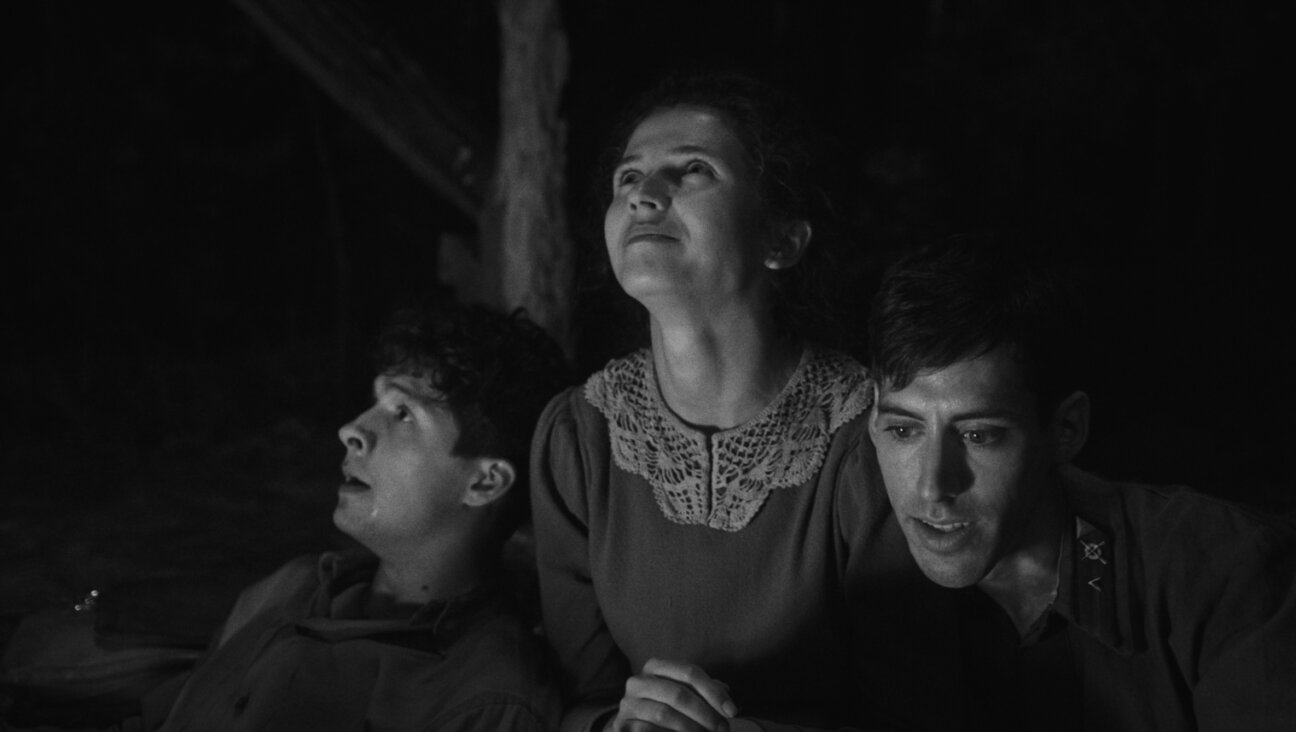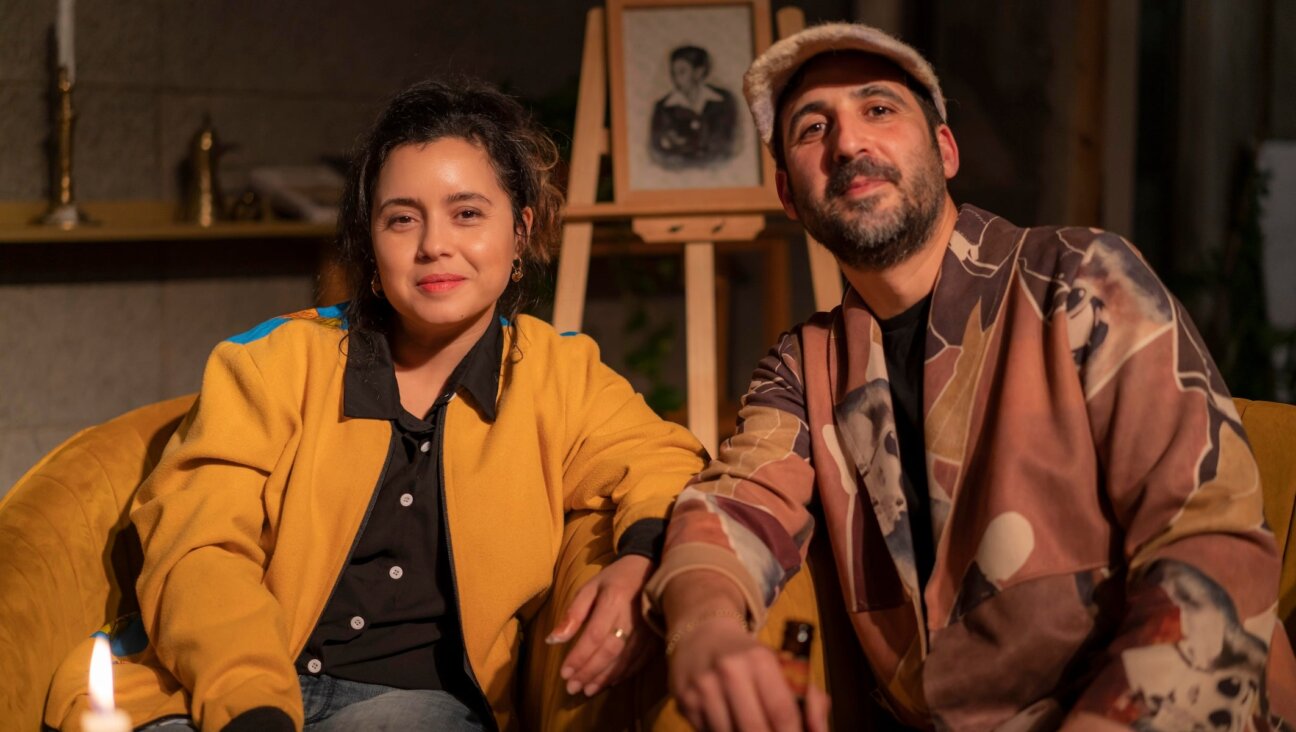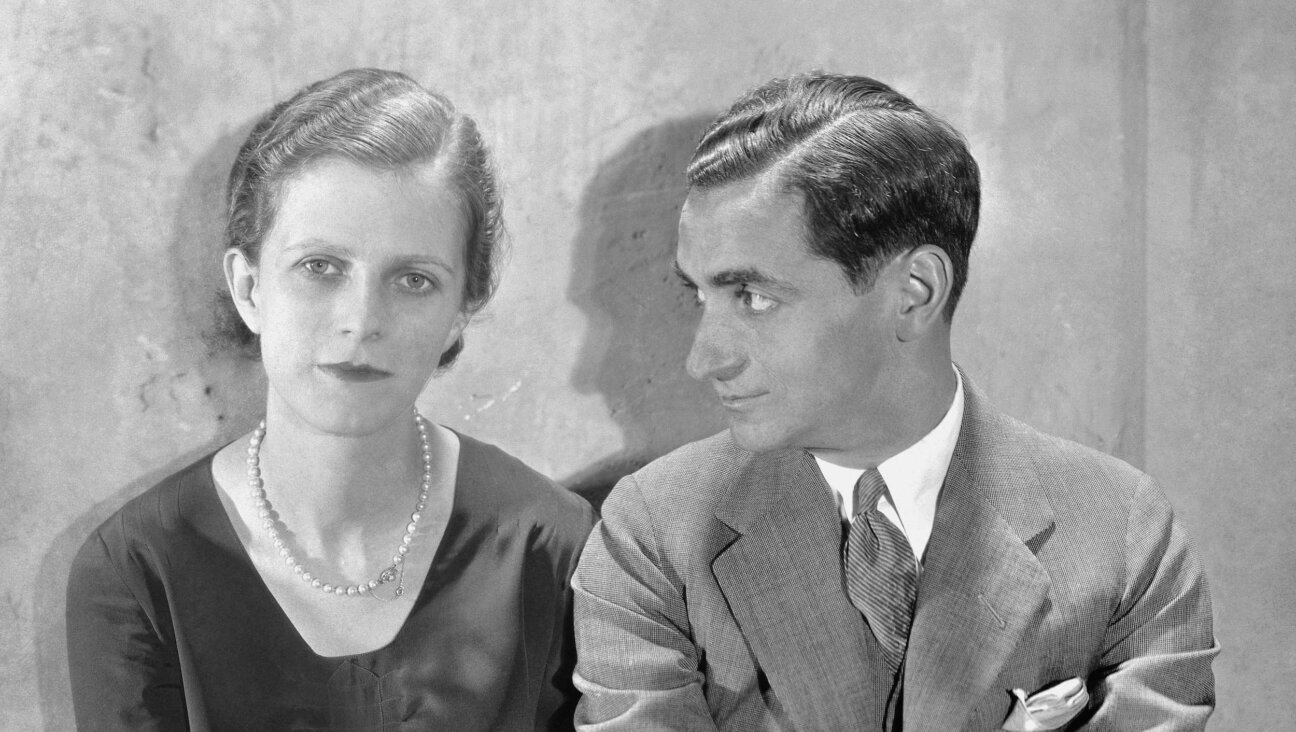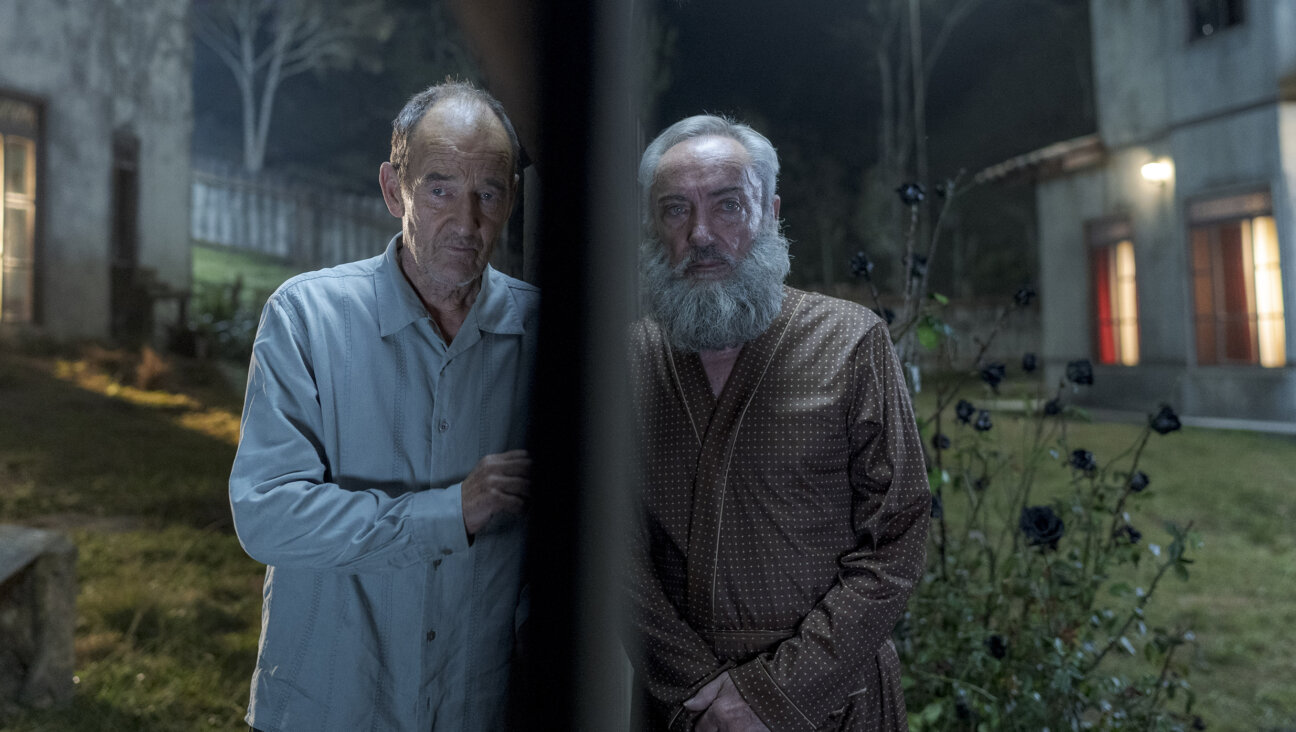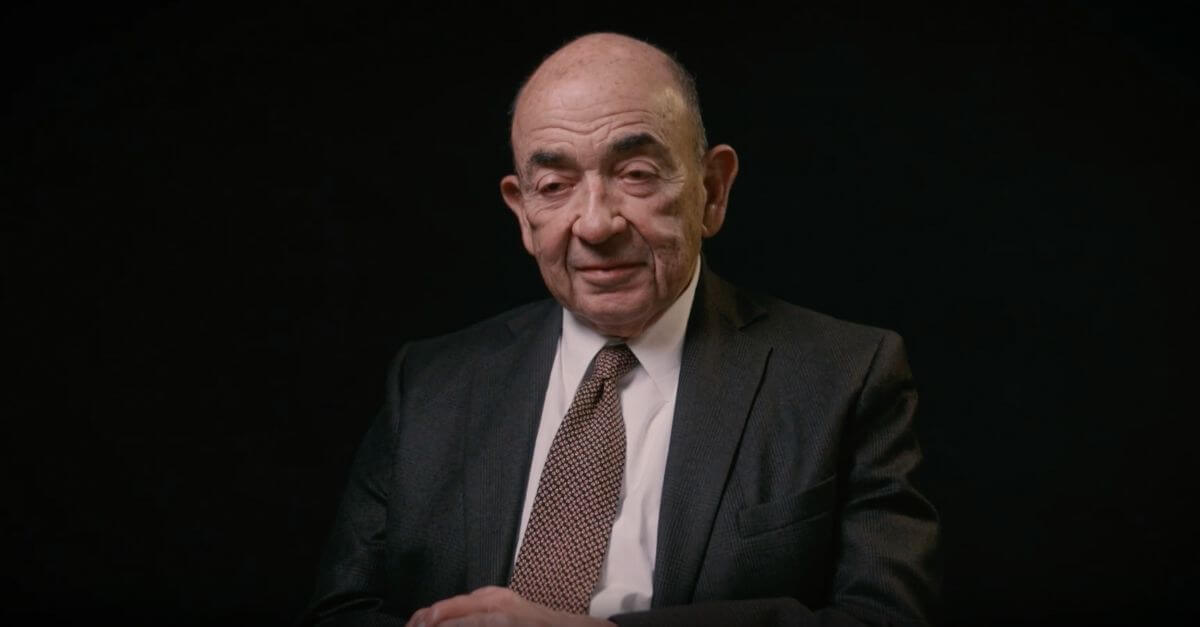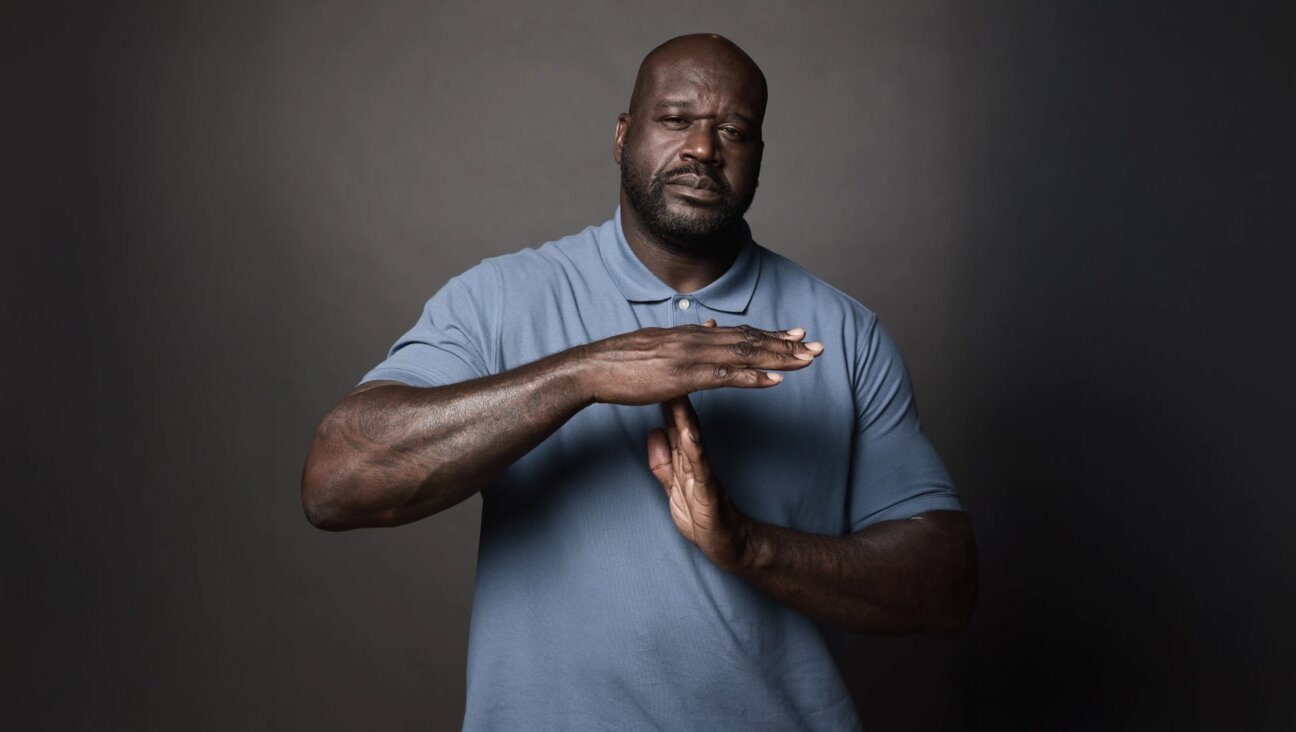Y.U. Undergrads Create Shoah Project
Two Yeshiva University students have helped create an outreach project that combines history lessons and multimedia techniques to provide Holocaust education for public high-school students and others outside the mainstream Jewish culture.
Avi Kopstic and Yudit Davidovits helped develop the Holocaust Education Outreach Project. Run by college students, the project is modeled after an earlier program pioneered in 2001 by Yudit’s sister, Sara Davidovits, at the Bnei Akiva schools in Toronto.
Yudit proposed the continuation of the program to Y.U.’s outreach division, the Center for the Jewish Future, which also offers on-campus interaction with undergraduate students and provides program sponsorship.
“This came to us first from a student leader who explained that she really wanted to take her passion and energy and devote that energy in the area of Holocaust education, especially as she is a member of the last generation of kids who are actually going to interact at all with Holocaust survivors,” explained Rabbi Ari Rockoff, director of Community Partnership at the CJF.
Since the CJF recently had received an endowment from the David and Fela Shapell Family Foundation Institute on the Shoah U’Gevurah, funding was available, and so Rockoff gave the green light.
Chana Malka Topek, a student at Y.U.’s Wurzweiler School of Social Work, became the CJF student liaison for the project.
Topek’s job included revamping the program to make it more appropriate for college students to run, and creating a guideline for the students’ projects. After gathering a group of 24 students, both men and women, who were interested in the project, she organized training sessions that included everything from a historical review to lessons in public speaking.
The students were divided into six groups, and each group created its own hour-long original multimedia presentation. Each presentation contained four components or, as Topek calls them, the “four pillars.” These consisted of a history portion; a personal story; some element of multimedia, ranging from a slideshow set to music to pictures connecting to the genocide, and an explanation of why the Holocaust remains important today, with a focus on such modern genocides as those in Rwanda or Darfur, Topek said.
Some groups created original PowerPoint presentations, while others utilized YouTube videos or photographs. Hilly Krieger’s group gave each student a booklet detailing a Holocaust victim’s life, which the organization had received from the United States Holocaust Memorial Museum in Washington, D.C. Topek, who sat in on three of the presentations, noted that several groups used the rap song “Never Again” by Remedy. That song later struck a chord with the public-school students because the material was presented in a familiar way.
While many students who became involved in the project are grandchildren of Holocaust survivors, the program also included those who were not.
“No one in my immediate family went through the Holocaust,” Krieger said. But she also said she was “propelled with the opportunity to present the Holocaust from a Jewish perspective to non-Jewish kids.”
Davidovits explained that her aim was not only to spread awareness, but also to make use of tools that were not available before. She felt that the use of video footage in tandem with the personal touch of hearing a story from the grandchild of a Holocaust survivor “really had the power of connecting [the students] with the people who went through these horrors.”
After the presentations were polished, the students took them to eight public and alternative high schools in New York City. Most of the students had heard about the Holocaust only in passing.
One of the teachers, Alyson Cramer at Washington Irving High School, said that through the use of media technology, “the students from Yeshiva University were able to present the Holocaust in an interesting, visually stimulating manner, to which the students responded immediately.”
When the public-school students had an opportunity to ask questions, one asked, “If all this happened for being Jewish, why do you still want to be Jewish?” Project member Arielle Weinberg responded by explaining the value of tolerance. Another project member, Dahlia Gold, summed it up succinctly: “Tolerance is the key to survival among any group of people, and if we can walk away and teach that lesson, then we have succeeded.”
Many of this year’s volunteers are interested in continuing their participation in the project, which is slated to continue next year in the New York area.
